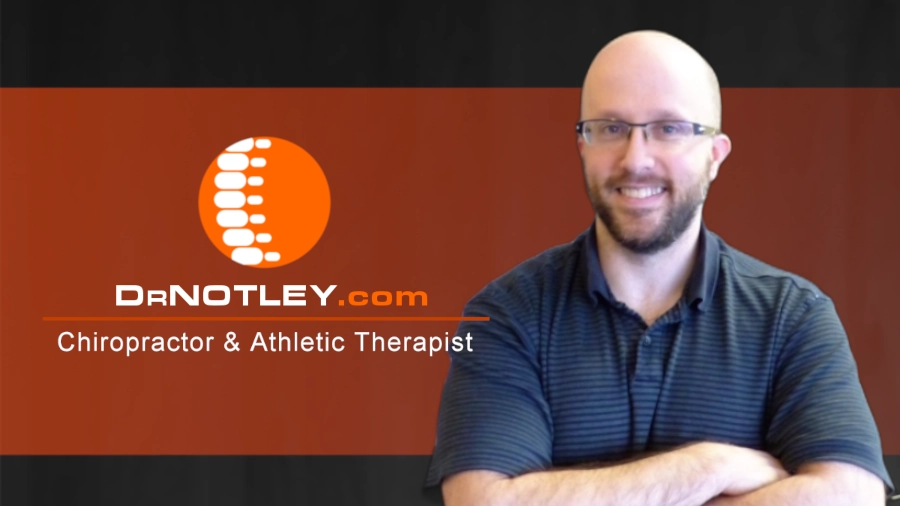I often am asked by my Chiropractic patients in Winnipeg, “What stretches do you recommend?” These are the most common muscles that I find to be tight in my Chiropractic patients, as well as, my favorite stretches to help release tension and improve flexibility in these muscles.
Suboccipital Muscles
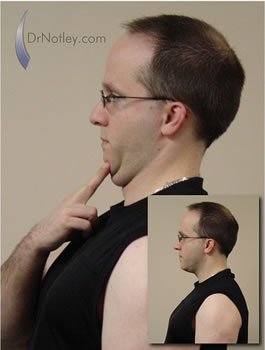
The suboccipital muscles are located at the base skull/top of the neck. They have a tendency to be a source of pain locally and a source of headaches. They are often a problem because many of us tend to slouch. If you slouch and you have to look at a computer screen your head has to extend backwards (relative to the neck) to be able to see the screen. This causes the muscles to be perpetually under contraction. To stretch these muscles perform the double chin exercise.
This is also a great exercise for those who have a cervical disk herniation or derangement. If you have neck pain that hurts when you perform this exercise but the pain decreases as you repeat the exercise this is an excellent exercise for you. This is also one of the stretches I get for people who need to work on their posture.
Chest/Pectoralis Muscles
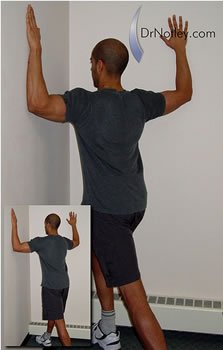
The chest muscles are made up of two different muscles, pectoralis major and pectoralis minor. Pectoralis major is the big chest muscle that we can see. Pectoralis major goes from the sternum/ribs and crosses the shoulder. Pectoralis minor is found deep to pectoralis major and goes from the ribs to the shoulder blade (scapula). When tight pectoralis major rounds the shoulder inwards. Pectoralis minor, when tight pulls the shoulder blade up and over the rib cage. Both of these muscles can affect the mechanics of the shoulder. Tightness in these muscles is also associated with neck tightness. These muscles are often inflexible while the muscles in the mid back are weak; an imbalance occurs. The likely reason is that we use the muscles in the front of our body so much and do very little activity for the upper backs muscles. Performing the stretch while squeezing the shoulder blades together will help with the inflexibility of the chest muscles and will help with activating the muscles of the middle back. Try out this corner stretch.
Piriformis Muscle
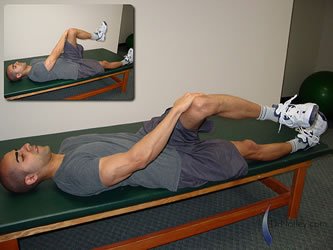
The piriformis is often sources of tightness in the back side of the hip. The piriformis often can be a source of pain in the buttocks or causing pain down into the back of the thigh. It may also be a cause of “sciatica”-like pain pain. The piriformis muscle travels through the same hole in the pelvis that the sciatic nerve travels through. Myofascial muscle tightness can affect this nerve and cause similar pains as that of true sciatica. Click here for a full description of the piriformis stretch.
Hip Flexor Muscle
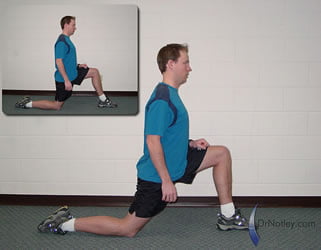
Sitting for long periods of time shortens the hip flexors. The hip flexor muscles attach onto the spine as well as the pelvis. This can alter the function of the spine as well as the pelvis this can result in problems in the lower back as well as the hamstrings. The kneeling lunge is my favorite exercise to give for inflexible hip flexors. If you have a job that requires you to sit for long periods of time or you are bent over a lot during your sporting activity (hockey players and cyclists)) then this stretch is for you.
Calf Muscles
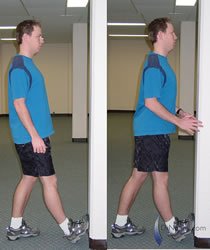
Wearing shoes that have a heel constantly keeps our calf muscles in a shortened position. In addition, having a job that requires us to sit all day causes our calf muscles to be shortened. Now, considering being a runner who runs several miles, the calf muscles get over used and at the same time are inflexible. This may explain why people develop different types of tendonitis such as Achilles tendonitis. In addition, tight calf muscles will affect the mobility of the ankle so when you squat you will have a faulty movement pattern which can lead to injuries at the knee. Try performing this calf stretch with your lead leg both straight and bent.
I hope you found these exercises useful
Originally posted on May 17, 2022 @ 4:40 pm
